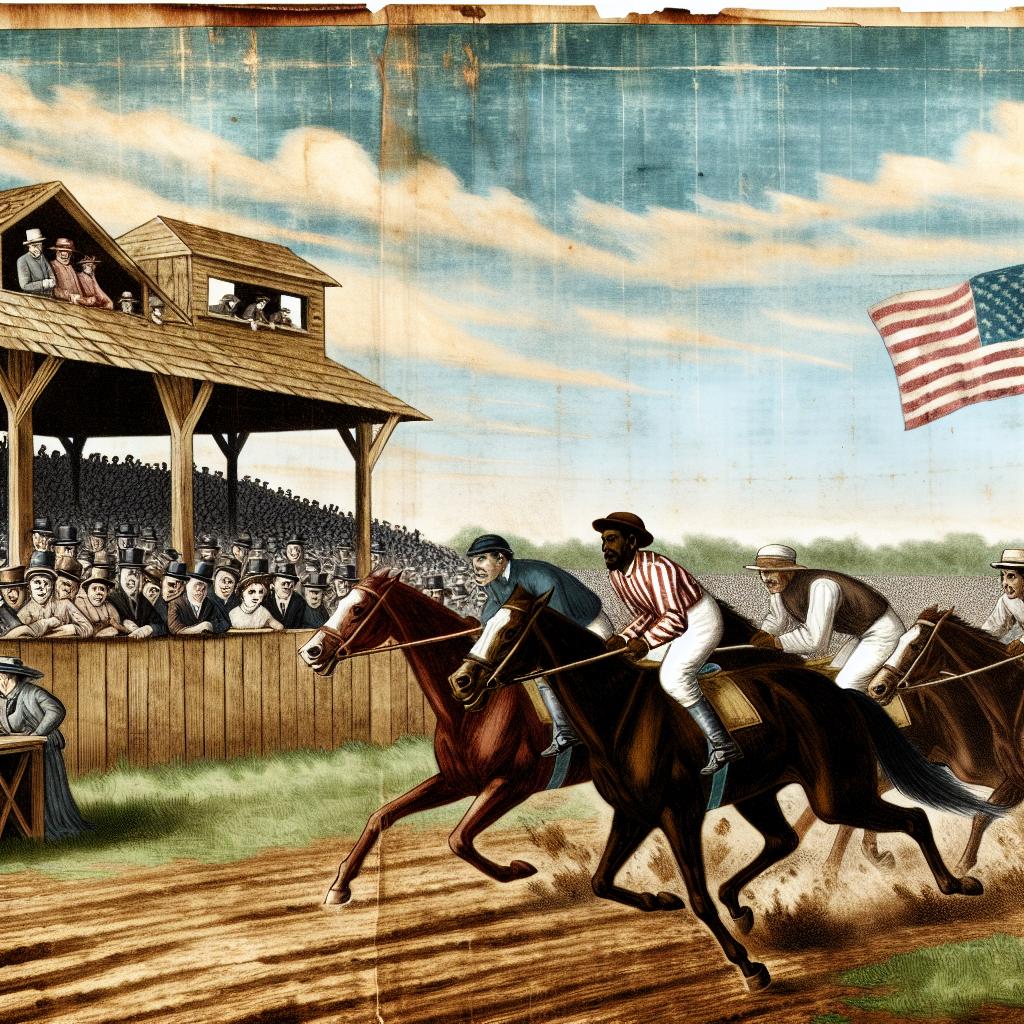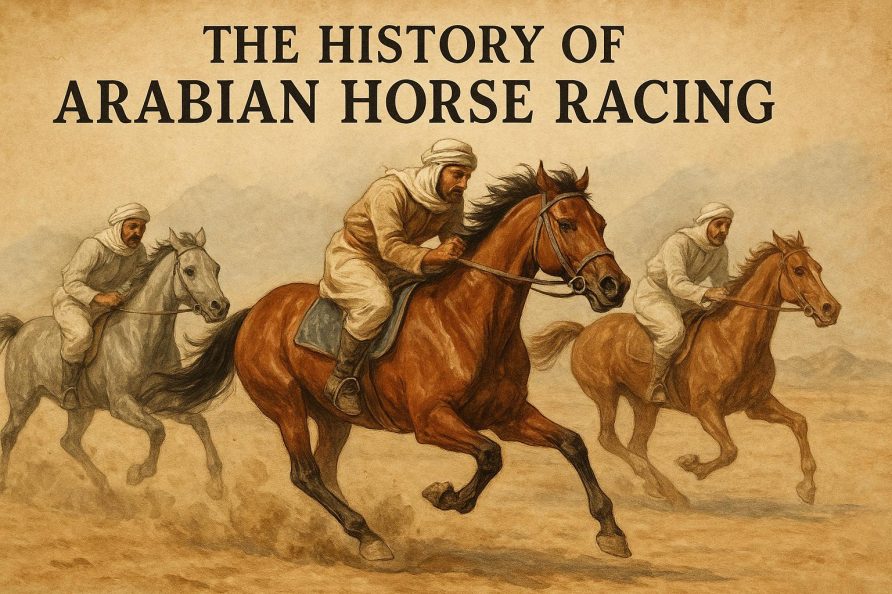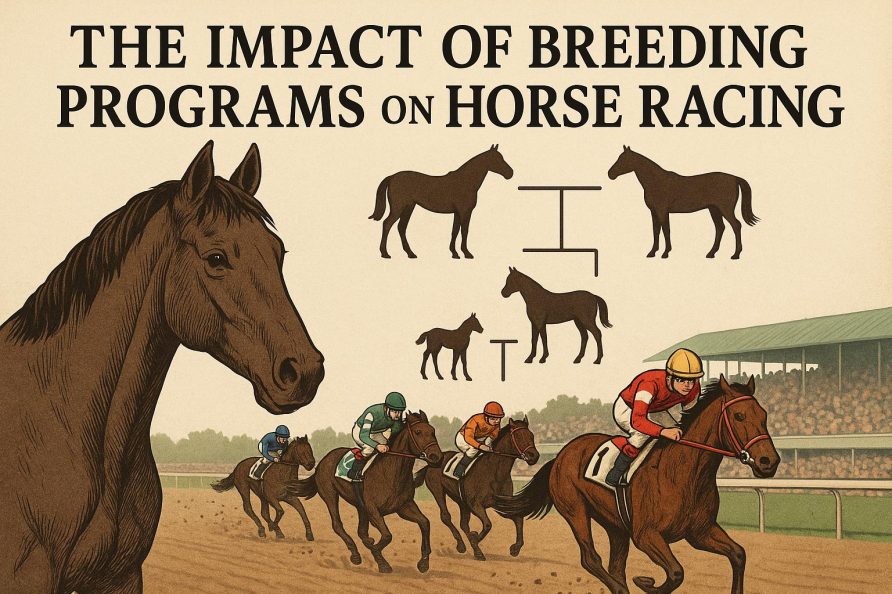The Beginnings of Horse Racing in America
Horse racing in the United States holds a storied heritage that stretches back to the colonial era. The early settlers, arriving from Europe, brought with them their equine companions across the Atlantic Ocean, setting in motion a tradition that would grow extensively over the subsequent centuries. This grand migration sowed the seeds for what would become a deeply entrenched sporting culture in America. The first documented horse race in the United States occurred in 1665 in what is now Long Island, New York. This event signified the initiation of an enduring American enthusiasm for the sport of horse racing, a passion that has flourished over the years.
The culture of horse racing is emblematic of a historical journey from modest beginnings to becoming a high-stakes competitive industry. Initially serving as a communal recreational activity, horse racing captured the imagination of American society, evolving into an institution that reflects both historical and contemporary cultural values. The influence of horse racing in America is evident not only within the boundaries of the sporting community but also in its broader social and economic impacts.
The Establishment of Race Tracks
As horse racing captivated the burgeoning nation, the 18th century saw its love extend throughout the country, leading to the establishment of organized race tracks. Among these nascent race tracks, the Newmarket Course in Salisbury, Maryland, stood out as one of the earliest and most prominent. The establishment of such tracks facilitated more organized and structured competitions, significantly contributing to the rise in popularity of horse racing as a sport.
Race tracks not only provided a venue for competitive racing but also played a pivotal role in the communal activities of the time. These tracks became social hubs, where people gathered to enjoy the races, engage in trading activities, and participate in various entertainment offerings. The communal nature of horse racing events helped foster a shared cultural identity among the settlers and their descendants, further embedding the sport into the American cultural fabric.
The Development of American Thoroughbred Racing
By the early 19th century, the American horse racing scene had progressed significantly, driven by the introduction and growth of the Thoroughbred breed. This breed, renowned for its unmatched speed and agility, quickly became the preferred choice for American horse racing enthusiasts. The influence of the Thoroughbred was profound, shaping the nature and standards of horse racing in the country.
With the growing prominence of Thoroughbreds, the stud book system was introduced to formalize breeding practices. This system meticulously maintained records of horse lineage to ensure the quality and excellence of racing horses. The emphasis on breeding standards elevated the competitive aspect of horse racing, encouraging horse owners and trainers to strive for excellence in their racing endeavors. Thus, the introduction of Thoroughbreds and the stud book catalyzed the evolution of American horse racing into a more formalized and structured industry.
The Formation of the Jockey Club
Recognizing the need for oversight and regulation in American horse racing, the formation of the Jockey Club in New York in 1894 marked a critical moment in the sport’s history. This organization was tasked with governing the rules of racing and ensuring the integrity of the sport, providing much-needed oversight and structure. The Jockey Club emerged as a crucial entity in maintaining consistent standards across the racing community.
The influence of the Jockey Club extended beyond mere regulation, as it played an instrumental role in promoting fair competition and advocating for animal welfare. By setting comprehensive rules and regulations, the Jockey Club contributed to the enhancement of the sport’s reputation and public perception. It was essential in ensuring that horse racing retained its competitive nature while prioritizing the ethical treatment and welfare of the horses involved.
The Significance of the Triple Crown
The introduction of the Triple Crown series, comprising the Kentucky Derby, the Preakness Stakes, and the Belmont Stakes, was a seminal development in the early 20th century. This prestigious triad of races quickly ascended to prominence, capturing the attention and enthusiasm of the entire nation. As a pinnacle achievement in the horse racing world, the Triple Crown embodies excellence and distinction.
Achieving the Triple Crown is a rare and esteemed feat, accomplished by only a select few horses over the years. The rarity and prestige associated with the Triple Crown have contributed to its allure, drawing spectators from across the globe. This series of races not only highlights the abilities of the horses and their riders but also underscores the rich tradition and competitive spirit inherent in American horse racing.
The ongoing evolution of horse racing in the United States is a testament to its enduring appeal and significance in contemporary society. For further insights into the pivotal moments of American horse racing, resources from the Kentucky Derby and the New York Racing Association offer a wealth of knowledge. These organizations continue to play a vital role in the dynamic landscape of horse racing, preserving the legacy and promoting the future of the sport in the United States.
In summary, the history of horse racing in America reflects the nation’s evolution from its colonial roots to a sophisticated and multifaceted industry. It stands as a symbol of tradition, culture, and competitive spirit, illustrating the profound impact of centuries of development and advancement. As horse racing continues to captivate audiences worldwide, it remains an integral part of America’s storied sporting landscape.





